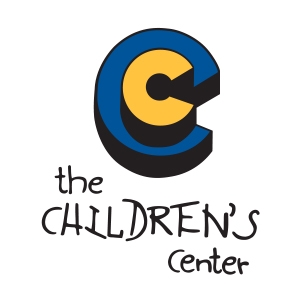Ready to submit a resume for your next position?
According to Glassdoor, it’s likely you and about 250 other people will be taking that same step for each job. A heavy influx of resumes for each posted jobs means you’ll need to create a resume that not only showcases your skills, but attracts attention in the few seconds the recruiter is likely to spend scanning it.
But you don’t need to be discouraged. Instead, apply these six resume hacks for a standout resume aimed at setting you apart from other applicants.
1. Take a minimalist approach.
Although shrinking the font on your resume is a practical way to keep the content on one page, it’s not an effective way to engage a recruiter or HR manager. Instead, you should liberally edit your resume, leaving only the valuable information, all written succinctly. Not only is this easier to read than a resume on miniscule font, it’s content is likely to be more powerful.
If you’ve had extensive experience, don’t feel obligated to include every role, skill, and responsibility. Instead, stick with examples that highlight your relevant skillsets, and remove those that don’t pertain to the job you’re applying for. You can also customize what you include for each type of role you’re applying for. For example, you may create one resume that emphasizes your creative skills and another that emphasizes your leadership skills.
Review your resume for vague, generic verbs and phrases and transform them with punchy, action-packed works and phrases instead.
2. Switch up the font.
While Times New Roman may the automatic setting for your documents and e-mails, it doesn’t have to be the default for your resume. Instead, use a more unique font – but do ensure it is still professional and legible. In fact, this can be an easy way to convey your own style and generate an initial impression. You’ll need to determine which font bets fits your style and personal brand, as even the experts have different opinions on the most optimal font. For example, in an article for Bloomberg news, Natalie Kitroeff likened using Times New Roman in a resume to wearing sweatpants to an interview, while Marcia LaReau, president of Career Strategist, lauds it as the best choice because it is ubiquitous.
Keep in mind that any font you select needs to render well both in print and on screen, since recruiters may first scan your resume from a computer and later print out a hard copy. Generally, sans serifs fonts (which mean they do not containt the serifs, or the embellishments in lines and tails on letters) render best. Verdana, Arial, Tahoma, and Calibri are all examples of sans serif fonts.
3. Use a new angle.
Traditionally, resumes follow one order: experience, education, skills, and other. As an alternative to organizing your resume around past positions and education, you could order the document to highlight how you’ve developed the skills critical for the job, using a skill-based resume format.
With this structure, you’ll define three to four skill categories that serve as the sections of your resume, and then support those skills with accomplishments and experiences.
Finally, you’ll close your resume with a simple work history section to include the organization, location, job title, and dates of employment.
This approach can be especially helpful for people who are new to the workforce, those trying to change careers, or professionals who have held jobs at several companies, but all with very similar titles and responsibilities.
4. Take action.
Actively describing your accomplishments instead of detailing your responsibilities is not only more engaging, it’s often more succinct. And in today’s recruiting, which is rife with keyword scanners called Applicant Tracking Software (ATS), this is a simple way to incorporate the precise words the recruiter is looking for simply by using the job description to inform your word choice. For example, instead of saying you “Were responsible for a team of 10 sales people” you could write you “Managed and mentored a team of 10 sales people to drive sales results.”
This approach also helps you quantify your achievements. Remember that being responsible for something is different from delivering on it – you want to highlight what you’ve accomplished.
5. Be colorful.
Including some color (judiciously) can actually help highlight key sections and make your overall document easier to navigate. As an added benefit, color will make your resume more eye-catching. Stick with one professional, easy to read color – don’t use neon colors or an entire rainbow.
Color can highlight the resume header, with your name, and the section or role. Alternatively, you can use colored blocks or lines to separate sections. Or, you can use color behind your black and white resume to draw attention without incorporating into the content at all.
6. Step back.
As you design your resume, don’t forget to take a step back and assess the overall experience of reviewing it as well as the individual components. The layout of your resume is critical, both for visual appeal, and – more importantly – for readability. Take advantage of bolding, bullet points, and other style options to help recruiters easily scan your resume and glean the highlights. Name your resume file clearly, and protect formatting by providing it in a PDF format. Finally, verify your space, font, and sizes are consistent.
Although these six resume hacks are aimed at helping you stand out from the competition, keep in that that leveraging every single one may not be right for your style, or the role you’re seeking. If you feel overwhelmed incorporating every adjustment, try using just one to amp up your resume. When your new, eye-catching resume captures the attention of recruiters, you’ll begin your interview preparation process. This is just the beginning!





